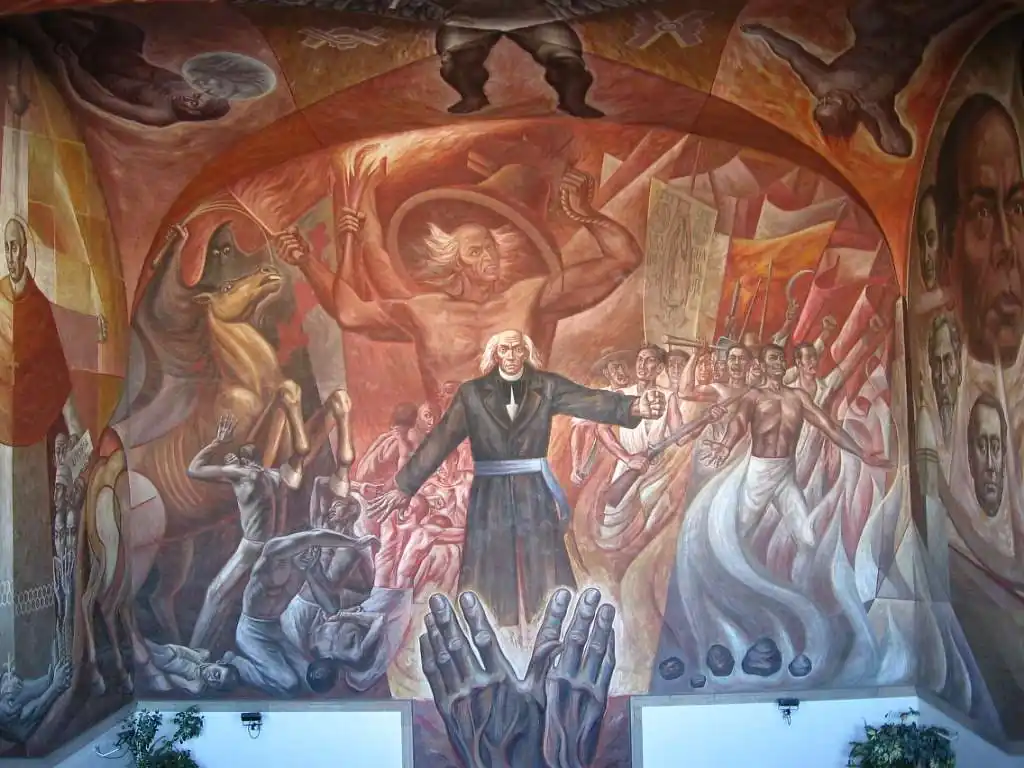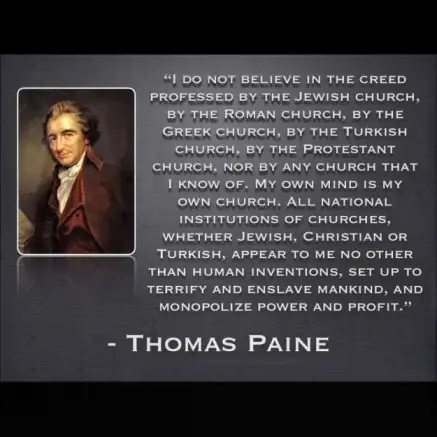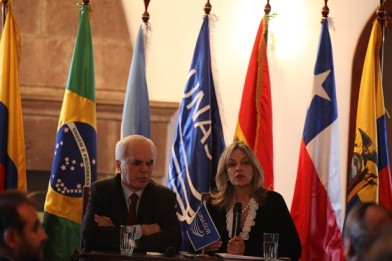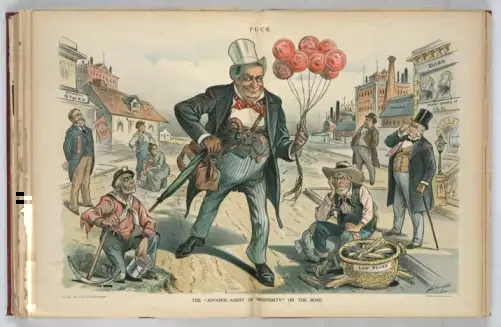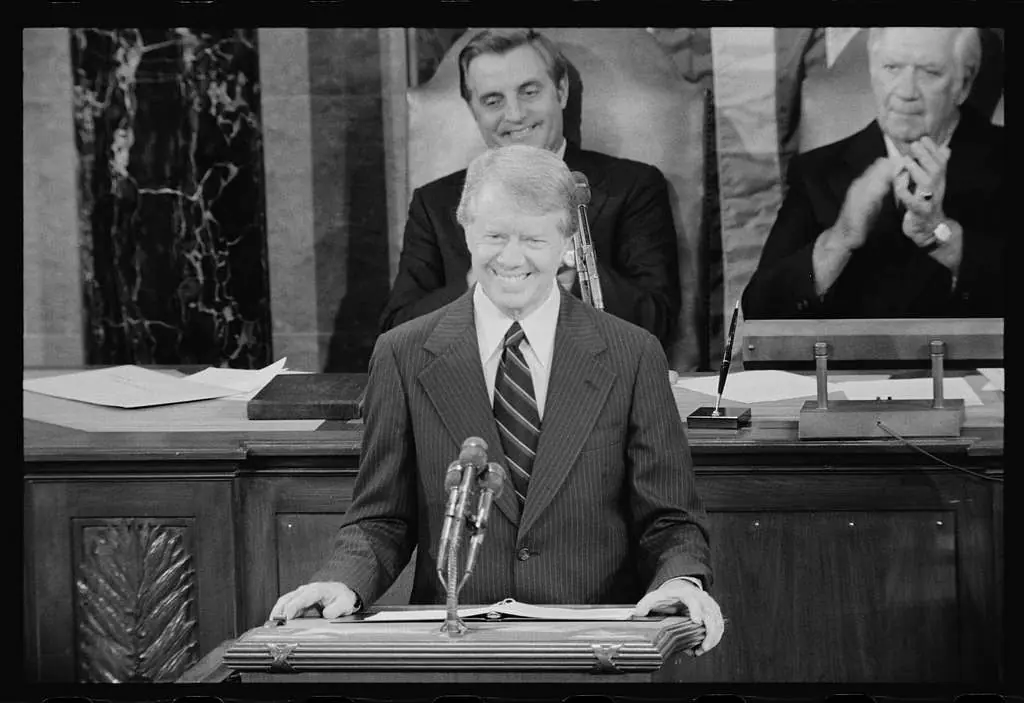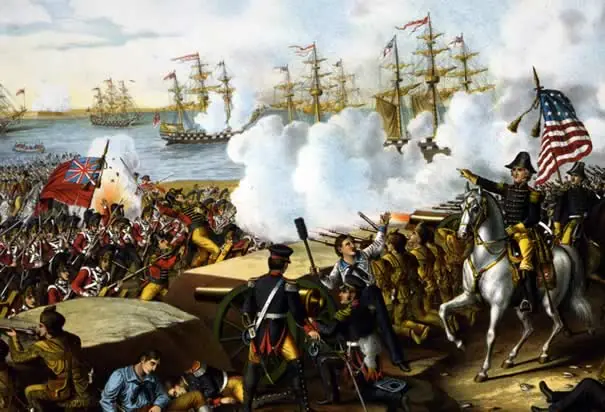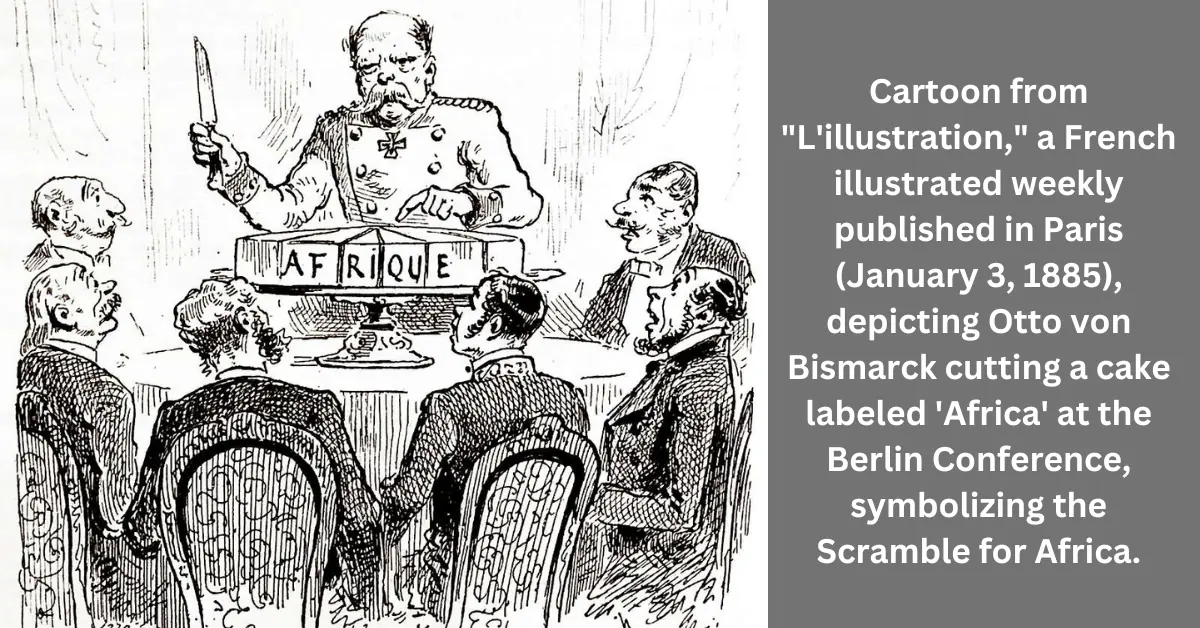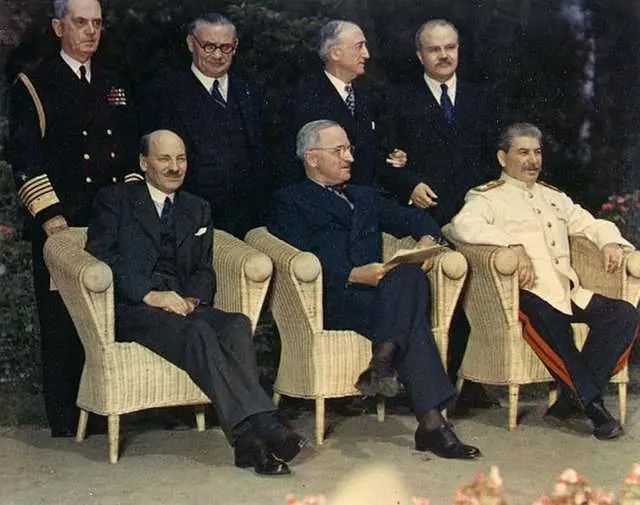Simón Bolívar: The Overlooked Political Genius of History
When we think of the great political leaders in history, names like Abraham Lincoln, Nelson Mandela, Mao Zedong, Joseph Stalin and Winston Churchill readily come to mind. However, there is one name often overlooked in these discussions – Simón Bolívar, the leader who played a pivotal role in leading Colombia, Venezuela, Ecuador, Peru, Panama, and Bolivia to independence from the Spanish Empire.
Popularly known as “El Libertador” or the Liberator of America, Bolívar’s legacy as a political visionary and leader is unsung when viewed in the wider context of historical figures. In this article, we will delve into the life and achievements of Simón Bolívar, emphasizing his vital role in the liberation of several South American countries that leaded him as one of the most prominent political leaders in history.
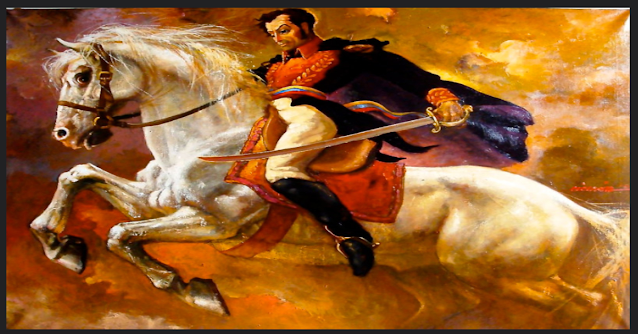 |
| Simón Bolívar, el libertador |
💻 Table of Contents:
- Early Life and Influences
- The Rise and Fall of the First Venezuelan Republic
- Bolívar’s Daring Triumph: The Admirable Campaign of 1813
- The Collapse of Bolívar’s Second Republic
- Bolívar’s Unifying Leadership in Turbulent Times
- Bolívar’s Mission: Reaching the Unprotected Capital of Bogotaa
- The Surprise Attack: Bolívar’s Triumph at Boyaca
- Northern South America Liberated: Bolívar’s New Republic
- The Battle of Pichincha: The Liberation of Ecuador
- The Last Stand: Bolívar’s Triumph Over the Spanish in Peru
- Bolívar’s Legacy: Shaping Latin America’s Destiny
Early Life and Influences:
Bolívar was born on July 24, 1783, into a wealthy family in Caracas, which is now known as the capital and the most populous city of Venezuela. Bolívar’s childhood years were marked by tragedy as he lost both of his parents at a young age – his father when he was just three, and his mother when he was nine. His parents were quite prosperous, having a variety of businesses that included a copper mine, a rum distillery, several plantations, cattle ranches, and a workforce of hundreds of enslaved persons. Simón was given his name in honor to the first Bolívar who had emigrated from Spain two centuries earlier.
After losing his parents, Simon went to live with his grandfather and was looked after by his uncles and his nurse, Hipólita, whom he held in great affection. As a young boy, Simon was known for being somewhat arrogant and hyperactive, often clashing with his tutors. He received his education at the best schools that Caracas had available. At 16 years old, Bolívar was sent to Europe to continue his education.
He spent three years in Spain, and in 1801, he married the daughter of a Spanish nobleman. Together, they returned to Caracas. Sadly, his young bride succumbed to yellow fever in less than a year after their marriage. Bolívar believed that her tragic passing was the catalyst for him to embark on a political career while he was still a young man.
In 1804, as Napoleon I was at the height of his power, Bolívar returned to Europe and immersed himself in the works of Enlightenment thinkers in Paris. Influenced by philosophers like Montesquieu, Rousseau, and Voltaire, he also met German scientist Alexander von Humboldt, who believed the Spanish colonies were ready for independence. During a trip to Rome, Bolívar made a vow to liberate his country while witnessing Napoleon’s grand coronation in 1804. This event left him both admiring Napoleon’s achievements and depressed by his deviation from the ideals of the French Revolution.
Bolívar had an enduring desire for glory, inspired by Napoleon’s accomplishments, but he also heeded the warning in Napoleon’s example. He later insisted that the title of “liberator” was the highest honor and would not exchange it for that of a king or emperor. In 1807, Bolívar returned to Venezuela via the United States. These experiences instilled in him a deep commitment to the ideals of liberty and self-determination, which would guide his future actions and become the driving force behind his quest for South American independence.
He started to talk to other important people from the creole community about becoming independent from Spain. But, he realized that his ideas were much more extreme than what most of the rich and powerful people in Caracas thought. At the same time, Bolívar also got caught up in a disagreement over land with his neighbor, Antonio Nicolás Briceño.
.png) |
| Bolivar Square Colombia |
On November 24, 1808, some creoles (local people of European descent) asked Juan de Casas, who was in charge of Venezuela, for a government that was separate from Spain. They got arrested for this. Bolívar didn’t sign this request, so he wasn’t arrested, but he was told to stop going to or hosting meetings where people talked about rebelling. In May 1809, Vicente Emparán replaced Casas as the leader in Venezuela. Emparán was friendlier to the creoles, but they still didn’t like his government and resisted it.
In April 1810, the local people, known as creoles, successfully removed the governor chosen by the Spanish, Vicente Emparán. They created a new ruling group called the Supreme Junta of Caracas. Simón Bolívar and his brother came back to Caracas at this time and offered to help as diplomats to this new ruling council.
In May 1810, Juan Vicente, Bolívar’s brother, was sent to the United States to purchase weapons, while Bolívar joined a diplomatic mission to Great Britain with Luis López Méndez and Andrés Bello. However, Britain did not provide recognition or concrete support. Bolívar convinced Miranda to return to Venezuela, and he himself arrived in La Guaira in December 1810.
The Rise and Fall of the First Venezuelan Republic:
On April 19, 1810, the people of Caracas declared provisional independence from Spain, although they still claimed loyalty to King Ferdinand. Simón Bolívar, a young influential figure, supported full independence and traveled to England to seek British support. In England, Bolívar met Miranda and convinced him to return to Venezuela to join the government.
Upon Bolívar’s return, he found a divided nation with conflicts between patriots supporting independence and royalists loyal to Spain. On July 5, 1811, the First Venezuelan Republic officially declared complete independence, abandoning their previous claim of loyalty to Ferdinand VII. However, their efforts faced challenges.
On March 26, 1812, a powerful earthquake struck Venezuela, predominantly affecting rebellious cities. Spanish priests exploited this natural disaster by convincing the superstitious population that it was divine punishment. Royalist Captain Domingo Monteverde capitalized on
the unrest and led the Spanish and royalist forces to capture important ports and the city of Valencia.
Facing defeat, Miranda sought peace negotiations. In a disappointing turn of events, Bolívar arrested Miranda and handed him over to the Spanish. Consequently, the First Republic collapsed, and the Spanish regained control of Venezuela.
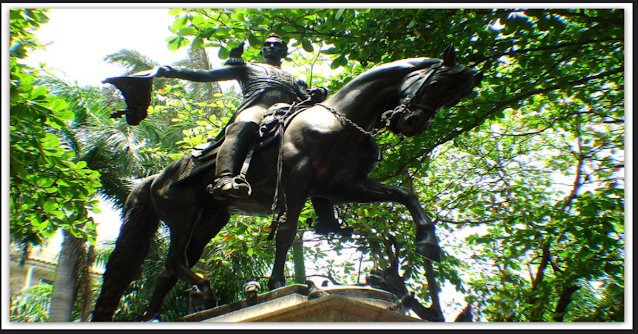.png) |
| Colombia-Statue Simon Bolivar |
Bolívar’s Daring Triumph: The Admirable Campaign of 1813
In 1812, Bolívar escaped from La Guaira and headed to New Granada (now Colombia). There, he joined the growing independence movement and led a small force in a remote area. Bolívar boldly attacked Spanish forces, earning respect and followers. By early 1813, he had a substantial army and decided to march into Venezuela. Despite the royalists’ attempts to encircle him with smaller forces, Bolívar surprised everyone with a daring move – a swift dash for Caracas. This gamble paid off, and on August 7, 1813, Bolívar and his army entered Caracas victoriously, marking the incredible achievement of the Admirable Campaign.
The Collapse of Bolívar’s Second Republic:
Bolívar moved quickly to establish the Second Venezuelan Republic, and the people, grateful for his efforts, honored him with the title of “Liberator” and made him the dictator of their new nation. Despite his success in outsmarting the Spanish, Bolívar still faced formidable Spanish armies. His role as a leader didn’t allow him much time to govern because he was constantly engaged in battles against the royalist forces.
In early 1814, a brutal royalist caudillo of the Llanos, named Tomas Boves, along with his ruthless army known as the “infernal Legion,” posed a grave threat to the young republic. Bolívar suffered a defeat at the hands of Boves during the second Battle of La Puerta in June 1814. This compelled Bolívar to abandon first Valencia and then Caracas, marking the end of the Second Republic. Bolívar had to go into exile once more.
.png) |
| The Marriage of Simon and Maria |
Bolívar’s Unifying Leadership in Turbulent Times:
Between 1814 and 1819, Bolívar faced numerous challenges in South America. In 1815, he penned the famous “Letter from Jamaica,” outlining the struggles of the Independence movement, which bolstered his leadership status. Upon his return to the mainland, he found Venezuela in turmoil, torn apart by conflicts between pro-independence and royalist forces. This period witnessed infighting among different independence generals.
Bolívar made the drastic decision to have General Manuel Piar put to death in October 1817. This extreme action was taken to enforce discipline and order within the Patriot leaders. As a result, it compelled other Patriot leaders, such as Santiago Mariño and José Antonio Páez, to fall in line and support Bolívar’s leadership.
Bolívar’s Mission: Reaching the Unprotected Capital of Bogota
In early 1819, Venezuela was in ruins due to fierce battles between royalists and patriots. Bolívar found himself in western Venezuela, near the Andes. Realizing he was not far from the undefended Viceregal capital of Bogota, he saw an opportunity to destroy Spanish power in northern South America. That was a challenging journey across flooded plains, swamps, raging rivers, and the tough Andes Mountains.
In May 1819, he set out with around 2,400 men, crossing the Andes through the cold Páramo de Pisba pass. On July 6, 1819, they reached the New Granadan village of Socha, but Bolívar’s army was definitely tired. Some estimates suggest that as many as 2,000 soldiers may have lost their lives during this hard mission.
💻 You May Also Like:
- Queen Isabella in the Americas: A Tale of Language and Power
- Dissolution of Gran Colombia: Collapse of a Hero’s Ambitious Dreamland
- The Age of Exploration: Christopher Columbus and the New World Discovery
- The Monroe Doctrine: American Plan for the Americas
- The French Revolution: Causes, Consequences and Legacy
The Surprise Attack: Bolívar’s Triumph at Boyaca
Despite suffering losses, in the summer of 1819, Bolívar had his army where he wanted it. He also had the advantage of surprise on his side. His enemies didn’t expect him to cross the Andes where he did; they thought it was too risky. Bolívar quickly recruited new soldiers from people eager for freedom and began his journey to Bogota. Only one enemy army stood between him and his goal.
Then, on August 7, 1819, Bolívar surprised Spanish General José María Barreiro at the Boyaca River. The battle was a massive victory for Bolívar and was astonishing in its outcome: Bolívar lost only 13 soldiers, with about 50 wounded, while the royalists suffered around 200 killed and approximately 1,600 captured. On August 10, 1819, Bolívar entered Bogota without encountering any opposition.
Northern South America Liberated: Bolívar’s New Republic
After defeating Barreiro’s army, Bolívar gained control over New Granada. With captured resources, weapons, and new recruits joining his cause, it was only a matter of time before the remaining Spanish forces in New Granada and Venezuela were tracked down and defeated.
On June 24, 1821, Bolívar achieved a significant victory by defeating the last major royalist force in Venezuela at the decisive Battle of Carabobo. Following this triumph, Bolívar boldly declared the establishment of a new nation: Gran Colombia, encompassing the territories of Venezuela, New Granada, and Ecuador. He assumed the role of president, and Francisco de Paula Santander became the vice president. With northern South America liberated, Bolívar shifted his attention southward.
The Battle of Pichincha: The Liberation of Ecuador
Bolívar, busy with political responsibilities, dispatched his top general, Antonio José de Sucre, south with an army. Sucre’s forces made their way into what is now Ecuador, liberating towns and cities along the journey. On May 24, 1822, a significant showdown occurred when Sucre’s army faced off against the largest royalist force in Ecuador. They clashed on the muddy slopes of Pichincha Volcano, near Quito. The Battle of Pichincha marked a remarkable victory for Sucre and the Patriots, as they permanently expelled the Spanish from Ecuador, securing its liberation.
.png) |
| Allegorical painting about Bolivarian presence in Cuzco |
The Last Stand: Bolívar’s Triumph Over the Spanish in Peru
Bolívar entrusted Santander with leadership over Gran Colombia and journeyed south to meet Sucre. In Guayaquil on July 26-27, Bolívar held a crucial meeting with José de San Martín, the liberator of Argentina. They decided that Bolívar would lead the charge into Peru, the last royalist stronghold on the continent. On August 6, 1824, Bolívar and Sucre achieved a pivotal victory at the Battle of Junin. Later, on December 9, Sucre delivered another crushing blow to the royalists at the Battle of Ayacucho, effectively dismantling the last royalist army in Peru.
The next year, on August 6, the Congress of Upper Peru created the country of Bolivia, named after Bolivar, and made him its president. Bolívar had effectively removed the Spanish from northern and western South America and presided over what are now Bolivia, Peru, Ecuador, Colombia, Venezuela, and Panama. His ambition was to bring them together into one united nation, but this aspiration was never achieved. Sadly, this dream remained unfulfilled as he died of tuberculosis on December 17, 1830, at the age of 47.
Bolívar’s Legacy: Shaping Latin America’s Destiny
It is impossible to escape Bolívar’s importance in northern and western South America. Although the independence of Spain’s New World colonies was bound to happen, it took someone with Bolívar’s talents to make it a reality. Bolívar was arguably the finest general and most influential politician ever produced by South America. The combination of these abilities in one person is remarkable, and many rightly view Bolívar as the most significant figure in Latin American history.
Conclusion:
Bolívar played a pivotal role in liberating South America from Spanish colonial rule, contributing significantly to the independence of Colombia, Ecuador, Peru, Venezuela, Bolivia, and Panama. He advocated for the freedom of enslaved individuals, land distribution to indigenous populations, and a unified Latin American Union.
Bolívar, often called the “Liberator,” is a symbol of South American independence and is celebrated for his progressive ideas and actions, earning him the title of the “Great Man of America.” We have illustrated a few events as summary from his historical journey in this article.
Frequently Asked Questions
Who was Simón Bolívar and what is he known for?
Simón Bolívar was a South American military and political leader who played a crucial role in liberating several countries, including Colombia, Venezuela, Ecuador, Peru, Panama, and Bolivia, from Spanish rule. He is known as “El Libertador” (The Liberator) and is considered one of the most influential figures in Latin American history.
What was the significance of the Admirable Campaign of 1813?
The Admirable Campaign of 1813 was a bold military expedition led by Bolívar to reclaim Venezuela from Spanish rule. His surprise march into Caracas on August 7, 1813, resulted in a major victory, earning him the title of “Liberator” and temporarily establishing the Second Venezuelan Republic.
What was Simón Bolívar’s role in the Battle of Boyacá?
Simón Bolívar led the Patriot forces in the Battle of Boyacá on August 7, 1819, securing a decisive victory against Spanish royalists. This battle marked a turning point in the independence movement, leading to the liberation of New Granada (modern-day Colombia) from Spanish control.
How did Simón Bolívar's ideas influence Latin America’s independence movements?
Bolívar was deeply influenced by Enlightenment thinkers such as Montesquieu, Rousseau, and Voltaire. His vision of a united Latin America, free from Spanish rule, inspired independence movements across the continent. He advocated for republican governance and self-determination, though he struggled with internal divisions and governance challenges.

